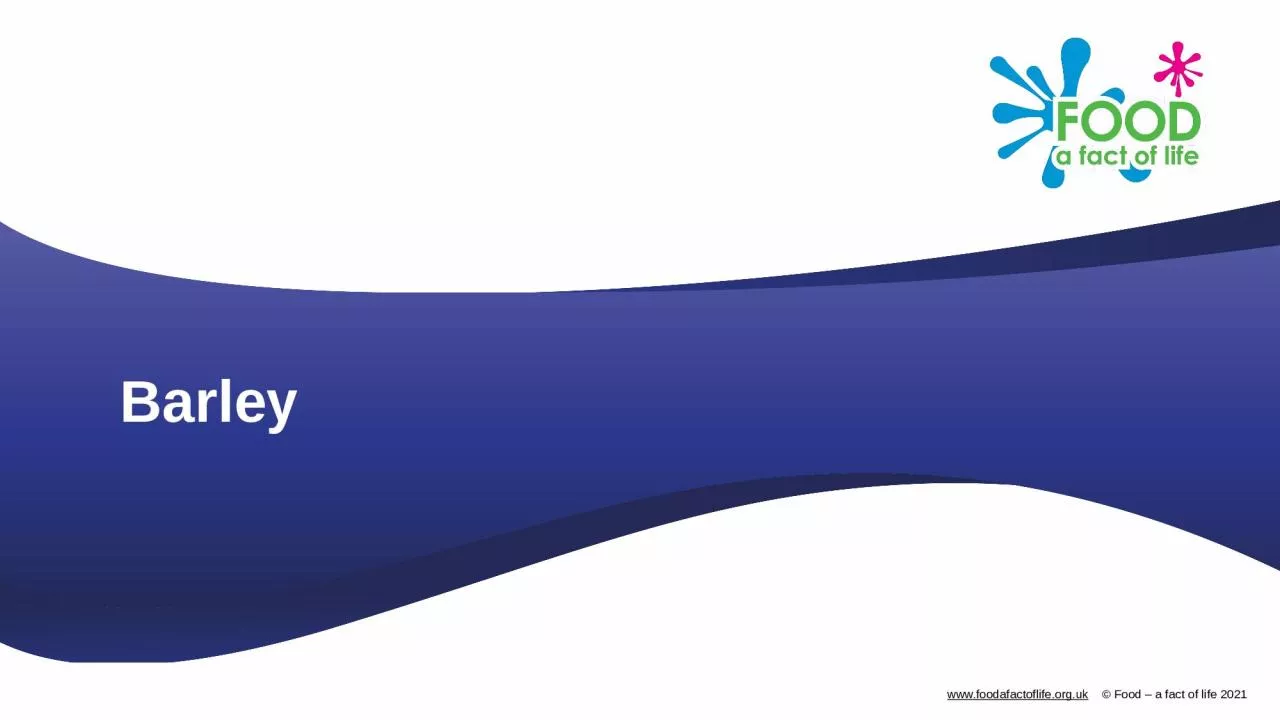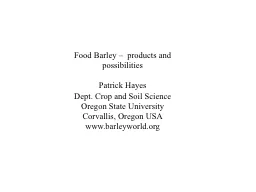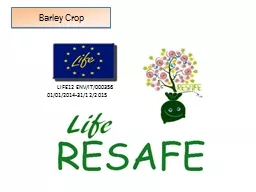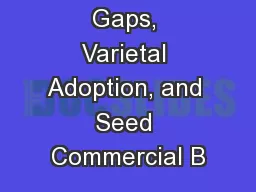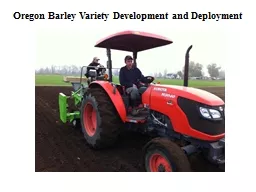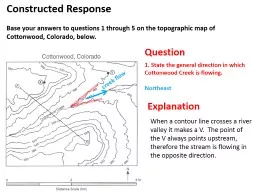PPT-Barley Overview This presentation gives an overview and explanation of
Author : valerie | Published Date : 2022-06-15
farming barley in the UK the process of malting barley in our diet f ood and drink made from barley and malt Farming barley Barley is grown on about 12 million
Presentation Embed Code
Download Presentation
Download Presentation The PPT/PDF document "Barley Overview This presentation gives ..." is the property of its rightful owner. Permission is granted to download and print the materials on this website for personal, non-commercial use only, and to display it on your personal computer provided you do not modify the materials and that you retain all copyright notices contained in the materials. By downloading content from our website, you accept the terms of this agreement.
Barley Overview This presentation gives an overview and explanation of: Transcript
Download Rules Of Document
"Barley Overview This presentation gives an overview and explanation of"The content belongs to its owner. You may download and print it for personal use, without modification, and keep all copyright notices. By downloading, you agree to these terms.
Related Documents

